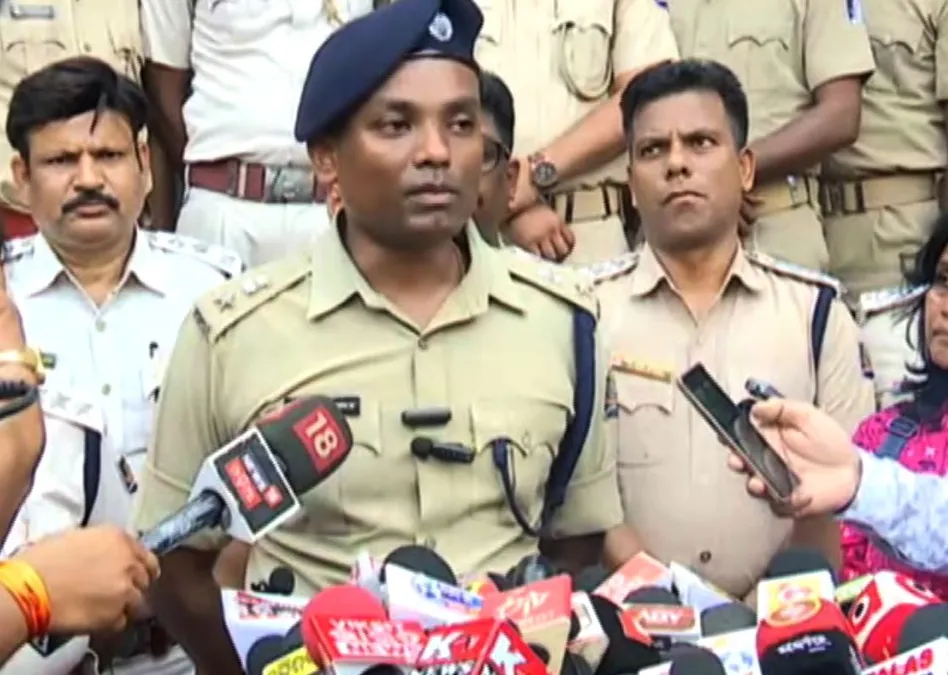Copyright internetprotocol

In today’s rapidly evolving world, understanding risks to public health and safety is more crucial than ever. As journalists, our role is to illuminate these risks with clarity and precision, ensuring the public makes informed decisions. But are we truly giving the full picture? Let’s delve into four essential aspects that should never be omitted in health and safety news, transforming vague threats into comprehensible realities. 1. Identifying the Truly Vulnerable Every risk affects different demographics in unique ways. It’s vital to spotlight who is most vulnerable and why. Adolescents may be more prone to road accidents, while the elderly may bear the brunt of air pollution. Without these specifics, audiences draw conclusions based on assumptions rather than facts, leading to misinterpretations and potentially hazardous decisions. 2. Conveying Risk with Numbers Numbers shape our understanding of probability. When discussing events like plane crashes, it is not enough to invoke their rarity vaguely. Illustrate with statistics: emphasize that road travel holds far greater danger than air travel. By leaving numerical information out, we inadvertently amplify misconceptions, leading readers to fear unlikely events rather than be vigilant about real threats. 3. Measuring the Dangerous Dose Discussions around hazardous substances must include safe versus harmful exposure levels. Knowledge about the dose makes the poison is central to understanding risk. Whether we talk about lead in water or asbestos fibers, the absence of this quantification leaves an information vacuum, often filled with myths. This clarity empowers audiences to take appropriate actions to mitigate their risks. 4. Differentiating Relative and Absolute Risk Relative risk is intriguing, but often misleads without context. To paint a truthful picture, compare it with absolute risk. For instance, a headline reporting a 70% increase in campus assaults needs context: from three to five incidents? Or sixty to one hundred? Without this detail, the magnitude of risk may seem exaggerated or understated. Accurate communication here prevents unnecessary panic or overconfidence. According to The Journalist's Resource, understanding these four elements is not just helpful; it’s crucial for journalists intent on offering comprehensive and responsible news. As trusted information stewards, we must prioritize delivering context and clarity over sensationalism. By integrating these components into news stories about health risks, we bridge the gap between perception and reality. We inform, rather than inflame, ensuring that public conversations about health and safety are grounded in truth.



